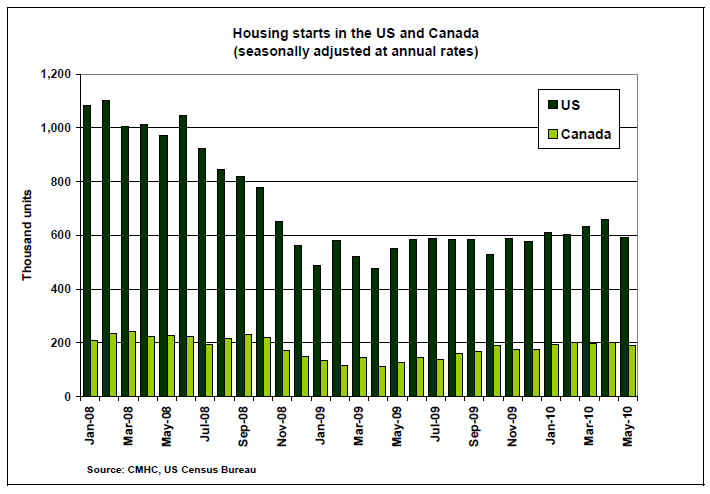|
Report
from
North America
US largest voluntary carbon credit buyer in 2009
In 2009, the US was the world¡¯s largest buyer of voluntary carbon credits. According to the State of the Voluntary Carbon Markets Report by Ecosystem Marketplace and Bloomberg New Energy Finance, the total value of traded voluntary credits was US$387 million in 2009, down 47% from the previous year. The US¡¯ market share was about
half of the total. The average price of an emission reduction was US$6.5/tCO2e.
Forestry projects had the second-largest share and accounted for 24% of the total market value. The report authors link the decline in the overall market value in 2009 with the economic recession, even though the expectation of a US carbon trading programme increased the number of transactions by US companies.
National Hardwood Lumber Association accepts members from outside North America
The National Hardwood Lumber Association (NHLA) has created a new membership category for companies from outside North America. Companies in the hardwood lumber, veneer or plywood business can now join the association in the ¡°partner¡± membership category.
This move recognises that the hardwood business and the US hardwood industry have become more global. In 2009, the association opened its first overseas office in Shanghai, China. The Shanghai office services include training in NHLA hardwood lumber grading rules, inspection services and dispute resolutions.
Additional three months to complete home purchases and qualify for tax credits
The US Congress has approved a measure that allows homebuyers to complete their purchases and qualify for tax credits of up to US$8000 by the end of September 2010. The federal homebuyers tax credit programme increased house sales this spring. The new bill extends the deadline only for buyers who already have signed contracts.
US housing market softens after tax credit programme expires
The most recent residential housing statistics show that US housing starts declined by 10% from April (at a seasonally adjusted annual rate). Single-family starts dropped even more by 17%. The number of building permits also decreased, but both permits and starts remain above the levels seen in May last year. The number of permits issued can be an indicator of future building activity.
As expected, home sales fell in May after the federal tax credit programme for homebuyers expired at the end of April. According to data released by the US Commerce Department, sales fell by 32.7% in May.
Builders¡¯ confidence in the market for newly built, single-family homes declined in June, according to the latest National Association of Home Builders/Wells Fargo Housing Market Index. While builders expected home sales to fall after the programme expired at the end of April, the decline in confidence indicates that the drop in demand for new homes will be more significant than expected.
Homeowner improvement spending in the US is expected to grow by almost 5% in 2010. The Leading Indicator of Remodeling Activity by the Joint Center for Housing Studies at Harvard University shows that spending on remodeling will recover this year.
Institutional construction weak, commercial/industrial construction improving
The situation for suppliers to the non-residential construction sector remains difficult. The score of the Architecture Billings Index, a leading indicator for non-residential construction and multi-family construction activity nine to twelve months into the future, declined again in May. While many firms have moved ahead with long-delayed projects, others continue to have difficulties with obtaining financing for projects.
The market for institutional construction is weak because federal and state government budgets have been reduced. Prospects are better for commercial and industrial construction, according to the American Institute of Architects. The Northeast region in the US appears to be among the first to recover from the extremely difficult business conditions in late 2008 and 2009.
Canadian housing market stabilising
In Canada, housing starts declined from April to May, according to Canada Mortgage and Housing Corporation (CMHC), but the decrease in starts is consistent with CMHC¡¯s overall forecast for 2010. Following a total of 149,081 units in 2009, housing starts are expected to be 166,900 to 199,600 units in 2010. For 2011, housing start forecasts are in the range of 148,600 to 208,800 units, according to CMHC. The agency predicts that the stricter criteria for government-backed mortgages that were introduced in April will lead to long-term stability in the housing market and a better balance between supply and demand for homes.


¡¡
Related News:
|